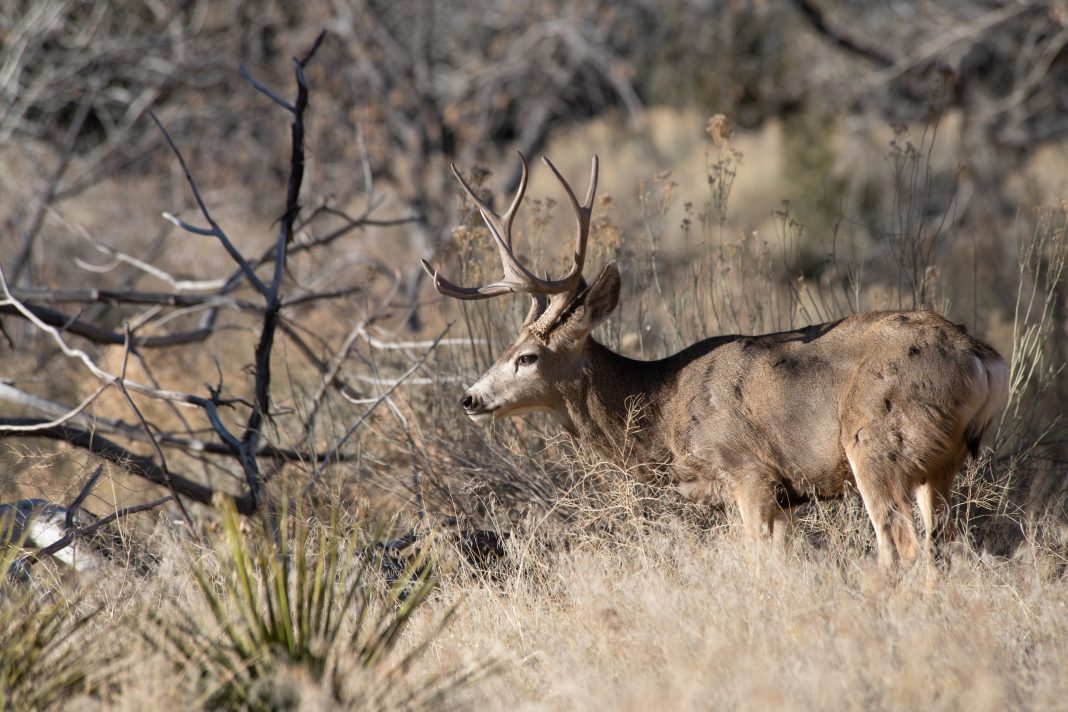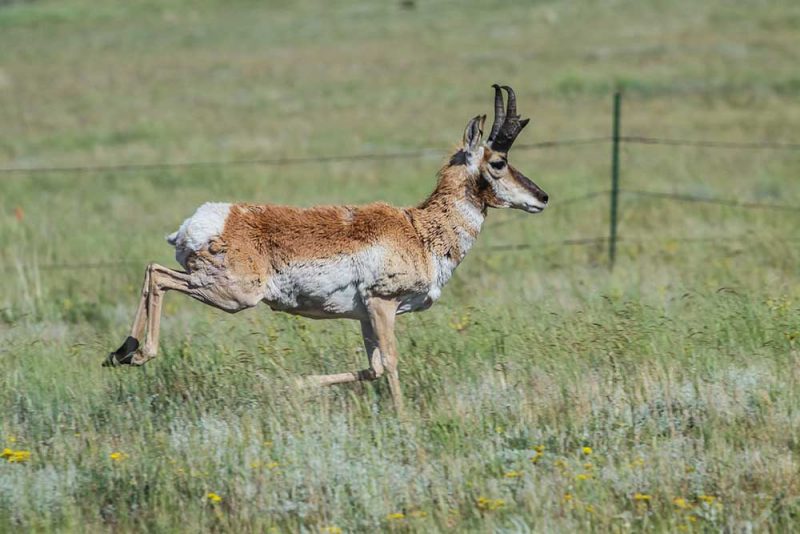MONTANA MULE DEER OUTREACH INITIATIVES – Similar to many states, hunters in Montana are complaining about the decrease in mule deer numbers in the state. The Montana Fish, Wildlife and Parks are hearing the concerns of the hunters and are working to change the trend.
Embarking On An Outreach Initiative For Mule Deer
Over the past several years, the mule deer numbers have decreased consistently. Hunters have been aware of this trend as they’ve seen fewer deer. The Montana FWP have also been aware of the decline as they’ve performed their areal counts each year. Many factors are contributing to the decline. Those factors include predation, winter kill, drought, and habitat changes. Due to the obvious trend, the FWP is embarking on an outreach initiative to improve their management tactics.
“We’ve worked hard to be adaptive in our mule deer management over the past few decades,” said Brian Wakeling, FWP’s game management bureau chief. “However, some of the data we’re using to guide decisions needs to be updated, and it’s time to start testing our old assumptions and make sure our efforts are in line with the expectations and desire of hunters.”
A major part of the initiative is a public opinion survey where the FWP surveyed 5,000 residents. A summary of the survey can be found here. The reason the FWP performed this survey was to understand the true desires of hunters. They wanted to know whether hunters preferred to hunt every year with lower age class animals, or if they would prefer to hunt ever few years and have a better age class. Interestingly enough, 60 percent of the hunters said they prefer to hunt deer every year.
The FWP are also performing listening sessions this spring where they will have attendees come to share their thoughts on what the management plan should look like. The FWP will also answer questions that hunters may have. These listening sessions will rotate regions each year, so if you’re not able to go to yours this year, you may be able to attend next year.
“Overall, we’re looking to do additional mule deer research and monitoring across the state that will give us data we can use in communicating with the public and in setting regulations, and managing habitat and predation,” Wakeling said. “We know hunters around the state are concerned and the research we’re starting on will help us ensure our management decisions continue to be sound moving forward.”















